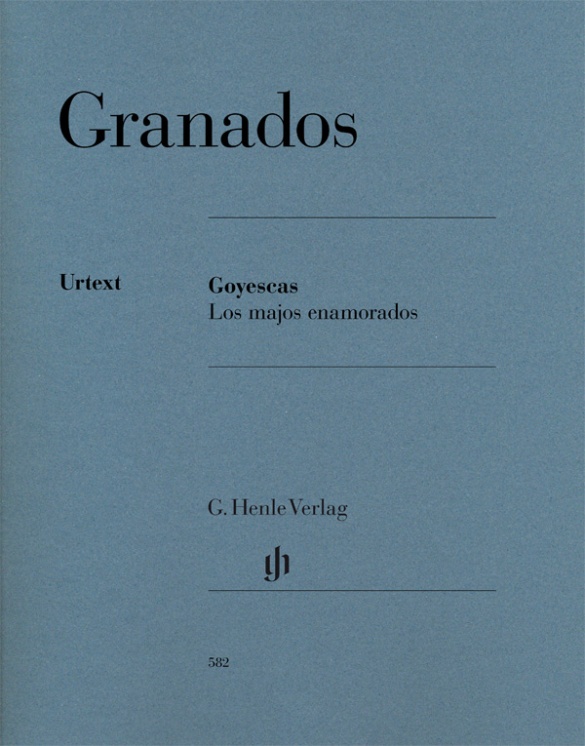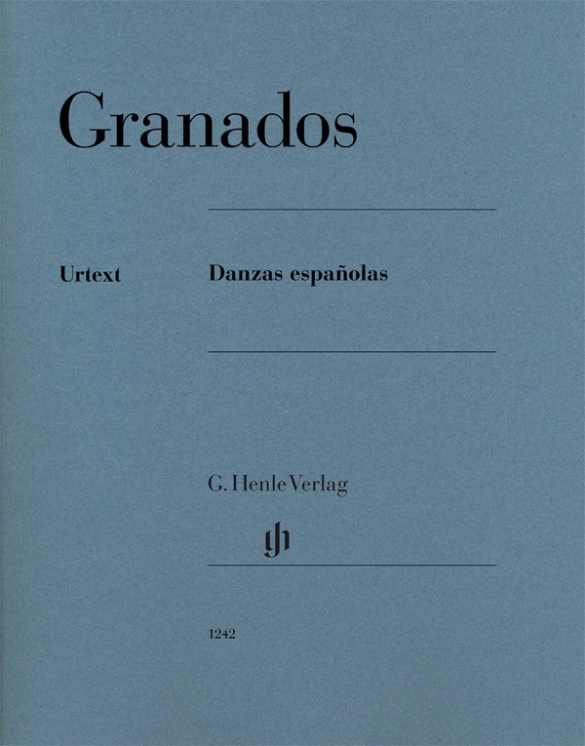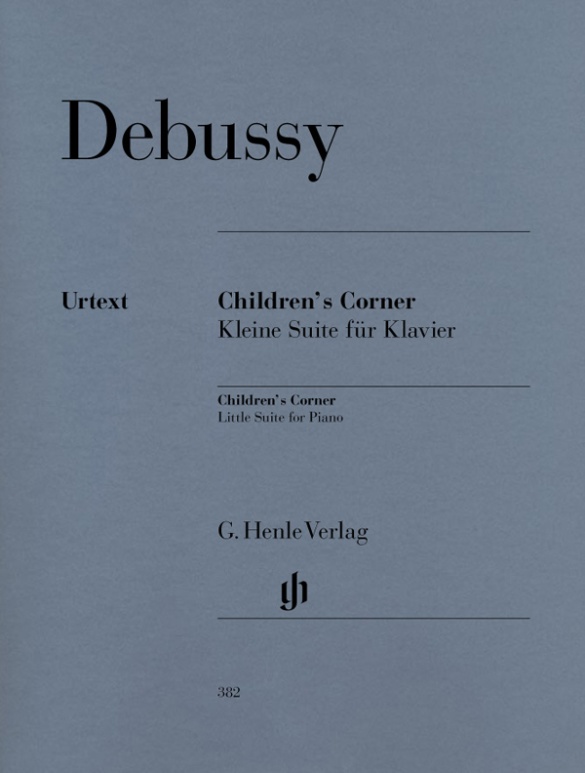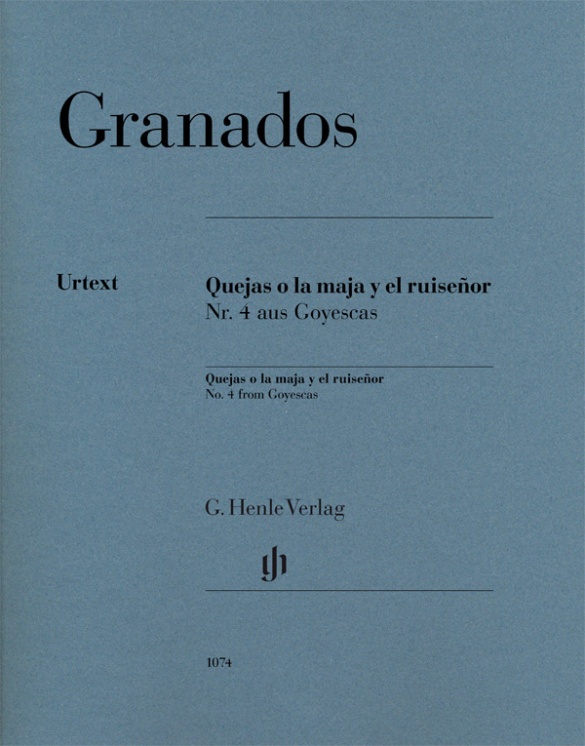

Enrique Granados
Quejas o la maja y el ruiseñor, No. 4 from Goyescas
This “Lament, or the maiden and the nightingale” is the fourth movement of Granados’ six-part piano cycle Goyescas (1909–11). The cycle’s title is derived from the name of the Spanish painter Francisco de Goya, whose paintings inspired Granados. The Goyescas conjure up Goya’s Spain of the late 18th century – chivalrous and sensual, but also melancholic and sombre. The overall theme is the life of two young lovers. The “Quejas” are a turning point in the cycle, because here jealousy leads to a lament that is joined by the song of the nightingale. The expressive intensity makes the movement the highpoint of the cycle for many, and G. Henle Verlag is now offering it as an individual Urtext edition.
Content/Details
(Explanation)
About the Composer
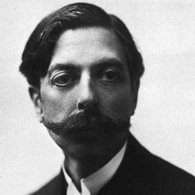
Enrique Granados
A Spanish composer, pianist, and pedagogue, his compositional style is primarily oriented around late Romanticism. He incorporates folkloric elements of his homeland in multiple ways. He largely wrote pieces for piano, along with stage works, vocal music, chamber music, and orchestral pieces.
| 1867 | Born in Lleida on July 27. |
| from 1874 | In Barcelona he becomes a pupil of Francisco Javier Jurner at the singing academy Escolania de la Mercè. |
| from 1880 | He studies piano with Joan Baptista Pujol. |
| 1883 | Wins first prize in the Acadèmía Pujol piano competition. |
| from1884 | Studies harmony and composition with Felip Pedrell. |
| from 1886 | Works as a pianist at the Café de las Delicias. He teaches the children of his patron Eduardo Conde. |
| from 1887 | He becomes a private student of Charles-Auguste de Bériot. In Paris he is in contact with Saint-Saëns, Debussy, and Fauré, among others. |
| from 1895 | In Barcelona he performs as soloist at concerts of the Societat Catalana de Concerts and the Societat Filharmonica. |
| 1898 | His opera “María del Carmen” is premiered in Madrid. He is awarded the Cruz de Carlos III. |
| 1901 | Founds the Acadèmia Granados in Barcelona. |
| 1904 | His Allegro de concierto is awarded the Madrid Conservatory’s first prize. He gives concerts in Spain and France. |
| 1911 | He is named Chevalier de la Légion d’honneur. |
| 1916 | On January 28, his opera “Goyescas” – adapted from his eponymous cycle of piano pieces – is premiered to great acclaim at the Metropolitan Opera House in New York. |
| 1916 | On the journey back to Europe, both he and his wife die on March 24 when the SS Sussex is torpedoed. |
Product Safety Informations (GPSR)

G. Henle Verlag
Here you can find the information about the manufacturer of the product.G. Henle Verlag e.K.
Forstenrieder Allee 122
81476 München
Germany
info@henle.de
www.henle.com
recommendations
autogenerated_cross_selling
Further editions of this title
Further editions of this title


